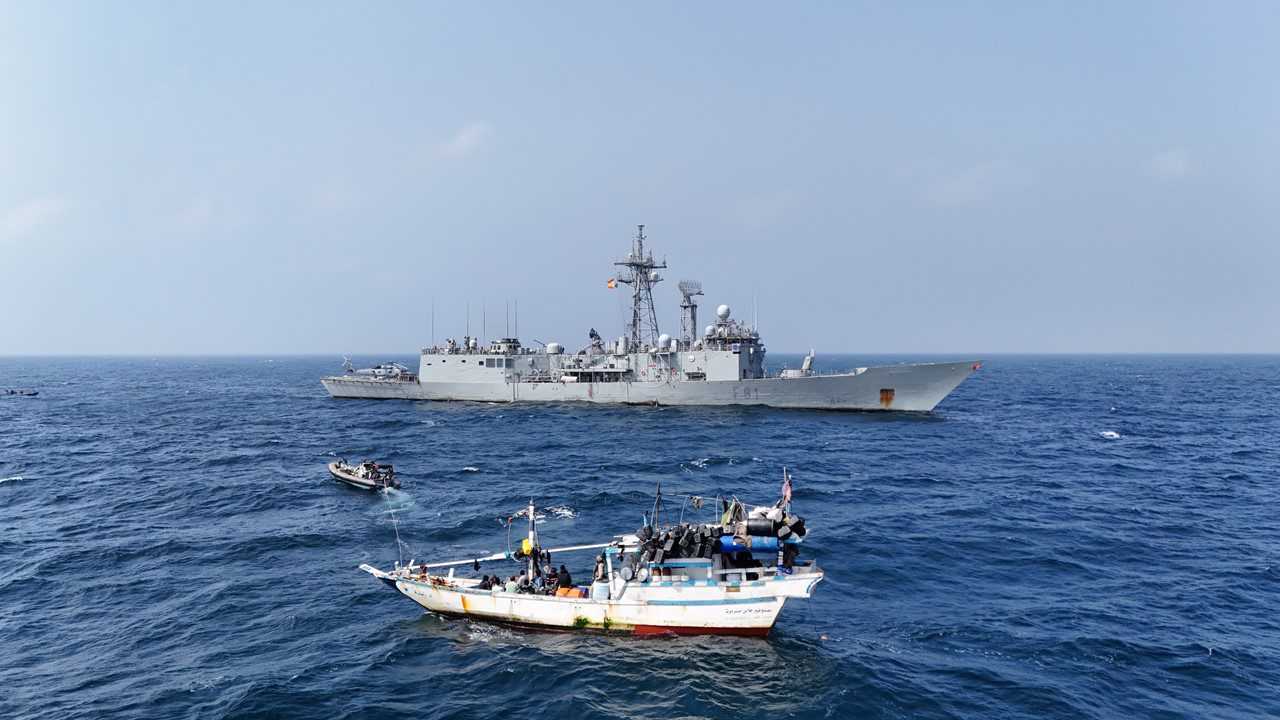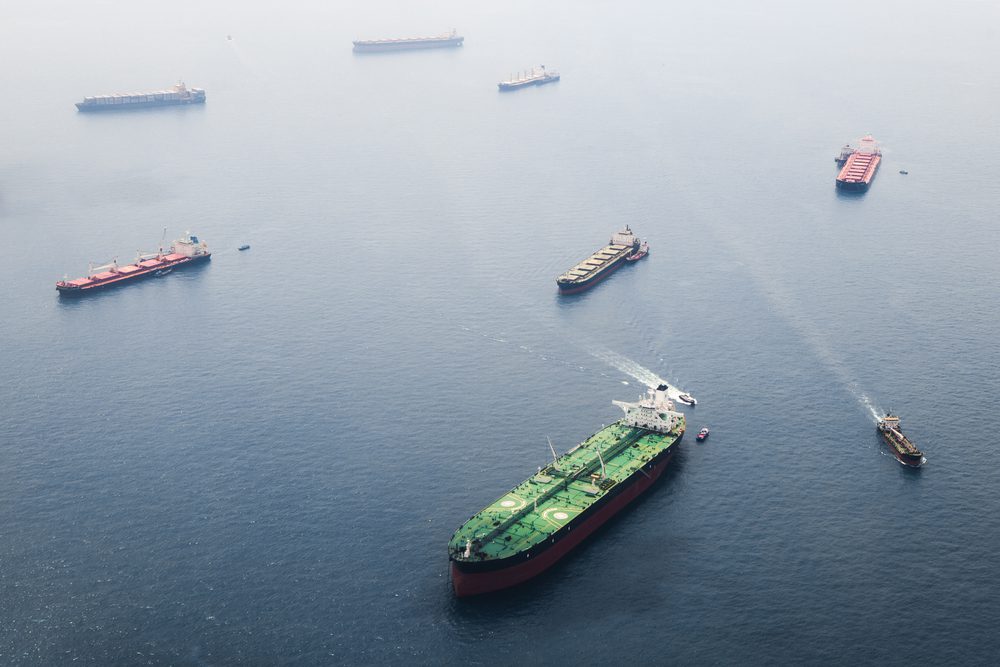The European Union’s Operation ATALANTA is currently monitoring the hijacking of the Bangladesh-flagged bulk carrier M/V Abdullah by Somali pirates.
The ship was taken over by armed pirates on Tuesday in the Indian Ocean, approximately 600 nautical miles east of Mogadishu, Somalia. The pirates have since navigated the vessel to the north-central Somalian coast, where it is currently anchored at position 0641N-04719E.
The 23 crew members on board have been taken hostage. Although they have been reported to be safe, officials note the situation is still ongoing.
EUNAVFOR’s Operation ATALANTA was the first to respond to the incident and has been closely monitoring the Abdullah since then. Visual information has shown at least 12 confirmed pirates on board the vessel. However, the initial alert of the hijacking indicated a group of 20 armed individuals. It is speculated that the pirates involved in this hijacking may be the same group that hijacked the M/V Ruen in December.
Update (March 16, 2024): Indian Navy Rescues Hijacked ‘Ruen’ from Somali Pirates
Interestingly, the pirated Ruen has been observed heading east for the last 24 hours. Its last known position is 0640N-05211E.
“There is a realistic possibility MV RUEN is being used as a mothership to conduct additional pirate attacks in the Indian Ocean/Arabian Sea,” noted Martin Kelly, Head of Advisory at UK-based EOS Risk Group. “It is also likely that the dhow used as a mothership to board ABDULLAH remains at sea.”
EUNAVFOR has identified three groups of suspected pirates in the north, central, and south areas of the Somali Coast, where the attacks are purportedly being launched from.
Authorities have been warning that several pirate action groups have been operating from motherships in the Indian Ocean, with operational range is reported to be up to 1,000 nautical miles from Somalia. The latest hijacking comes in the wake of multiple fishing dhow hijackings in the eastern Gulf of Aden and the Somali basin over recent months.
The recent incidents suggest a resurgence of Somali-based piracy following a decade-long lull. The December hijacking of the Ruen marked the first successful commercial ship hijacking by Somali pirates since 2017. In another incident in early January, pirates boarded the M/V Lila Norfolk in the Arabian Sea. However, they fled the vessel by the time the Indian Navy arrived.
Starting in 2023, the shipping industry removed the “high risk area” designation for the Indian Ocean, reflecting the improved piracy situation in the region. The High Risk Area was established in 2010 at the height of the Somalia piracy threat. At its peak in 2010 and 2011, pirates carried out 415 attacks and almost 80 successful hijackings over the two-year period.
The resurgence comes as shipping through the region is already at risk from Houthi attacks in the southern Red Sea and western Gulf of Aden.
The Maritime Security Centre – Horn of Africa (MSCHOA), part of EUNAVFOR, has suggested that the future of piracy in the region could depend on whether pirates receive ransoms for the hijacked ships. Meanwhile, the end of the monsoon season is expected to make pirate boarding activities easier.
Vessels passing through this area should consider implementing enhanced security measures (BMP5) and maintaining communication with MSCHOA and the UK Maritime and Trade Operations office to stay updated on potential threats.

 Join The Club
Join The Club










